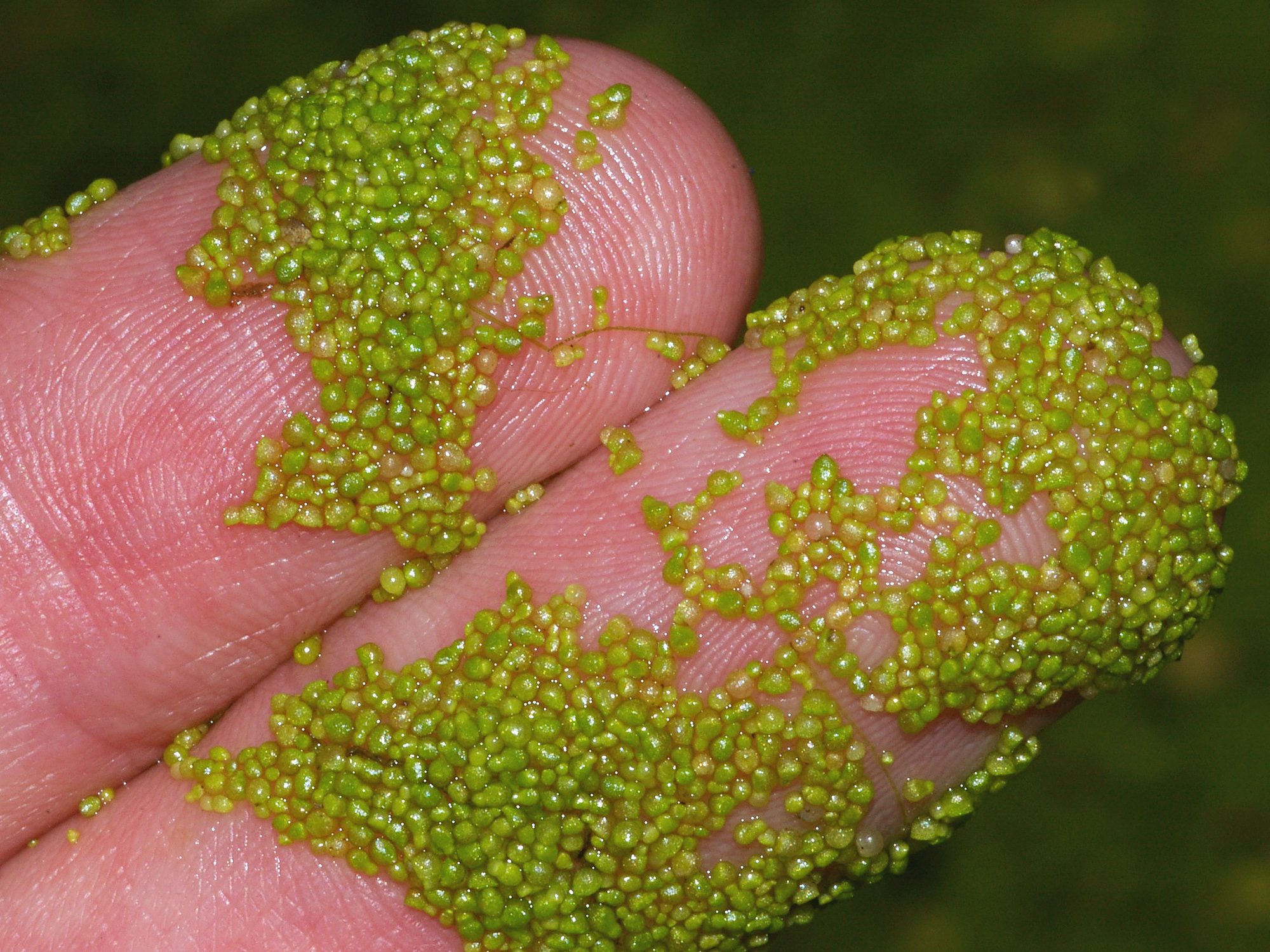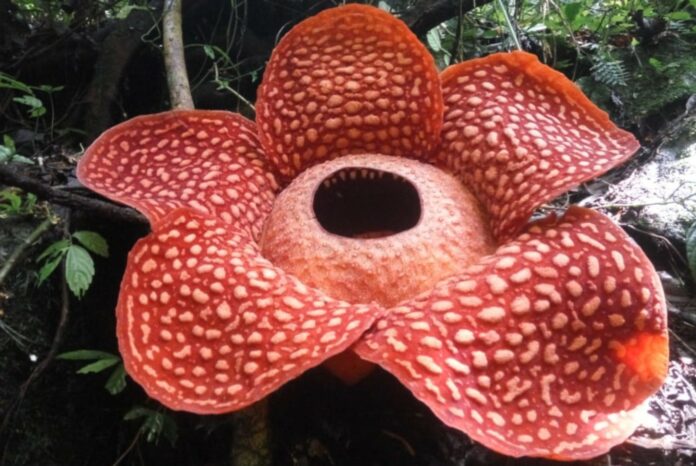They say that meadows with bright wildflowers are pieces of heaven on Earth. Perhaps there is indeed some truth to this thought: after all, there is nothing more perfect and beautiful than sweet-smelling inflorescences blooming amidst green shoots.
Legends are woven about daisies, chamomiles, and forget-me-nots, roses, orchids, and tulips are extolled in verses and songs, lilies of the valley, carnations, and heather are strewn at the feet of heroes, cornflowers, anemones, and hydrangeas are presented to lovely ladies.
Every flower is a little natural wonder, bringing joy to anyone who touches it, even with just a glance. But sometimes, the size of a flower does matter. After all, you wouldn’t give a lady a flower with a meter diameter, and even if you did, it would turn out to smell like rotten meat.
The biggest flower in the world
This title belongs to the plant Rafflesia tuan-mudae, which inhabits the tropical forests of Malaysia, Indonesia, the Philippines, and some islands of the Pacific Ocean. These blood-red giants, consisting of five fleshy petals, bloom quite rarely and only for 3-5 days. This fact doesn’t sadden the locals at all, as when blooming, Rafflesia emits a very specific “aroma” of rotting meat. Because of this, it’s quite problematic to enjoy the beauty of the plant.
The first scientific description of this floral specimen was made by botanist Joseph Arnold in 1818. He also gave the flower its name. However, the plant was known to the people long before the works of the “discoverer”. Locals called the huge flowers “bunga patma”.
The largest specimen recorded in the Guinness Book of Records grew in a reserve in the Indonesian province of Sumatra. The diameter of Rafflesia tuan-mudae reached 111 cm, and its weight exceeded 15 kg.
Interestingly, the world’s largest flower has neither leaves nor roots. Moreover, it doesn’t need photosynthesis. Rafflesia is a parasitic plant on the grapevine, so it obtains all the necessary nutrients and even fragments of DNA from its host.
Today, unfortunately, Rafflesia tuan-mudae is under threat of extinction. Scientists have repeatedly tried to grow this flower in laboratory conditions, but none of the attempts have been successful. The thing is, the plant must remain inside the vine for several years. Only after this can it produce a bud, which will swell for several months. Without these intermediate stages, the giant flower simply won’t bloom.
The smallest flower in the world
Almost everyone has seen a plant with the tiniest inflorescences at least once. However, most people didn’t realize they were dealing with a record holder. The smallest flower in the world is Wolffia, or duckweed – its dimensions usually do not exceed 0.5 – 1.5 mm.

This type of flora can be found in water bodies practically all over the globe, thanks to its high rate of reproduction. The plant is completely undemanding, easily adapting to any type of water and light conditions.
To the naked eye, the plant looks like tiny green balls floating in the water. However, under a microscope, you can distinguish the stem, inflorescences, pistil, and stamen. Each of these tiny flowers weighs no more than 100-150 micrograms, which is equivalent to two grains of table salt.
The evidence that Wolffia is indeed a flower was first provided by the German botanist Johann Wolfgang. It was in his honor that the plant received its second name.
Interestingly, neither the largest nor the smallest flower in the world can be included in a bouquet and presented as a gift to a loved one. But even if some skilled florist managed to do so, despite all the exoticism, no woman would be truly pleased with such a present. Nevertheless, like any other flowers, Rafflesia and Wolffia are perfect, even if their beauty is not understood by everyone.
